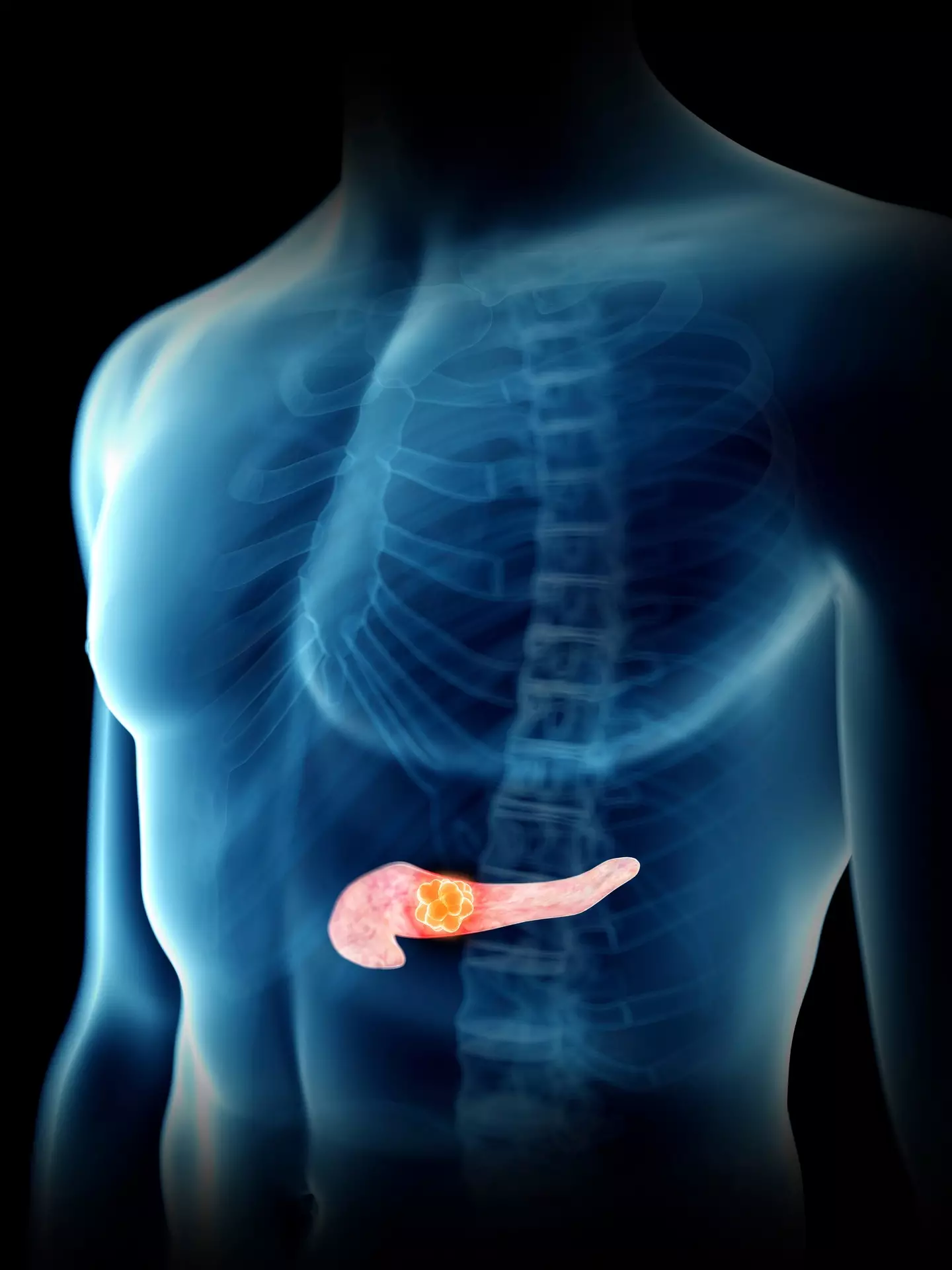There are four prevalent symptoms that many have encountered at some point, which could potentially be the initial indicator of pancreatic cancer.
According to the American Cancer Society, by 2025, an estimated 67,440 individuals in the United States will be diagnosed with pancreatic cancer, with 34,950 being men and 32,490 being women. Additionally, it’s projected that 51,980 people will succumb to this disease, 27,050 of whom will be male.
Pancreatic cancer accounts for about three percent of all cancers in the United States and roughly eight percent of all cancer-related fatalities.
One of the earliest indicators of pancreatic cancer can manifest in the legs before any abdominal pain or jaundice emerges.
Medical professionals indicate that sometimes the initial warning isn’t in the pancreas itself, but rather a blood clot is the first sign.
Doctors explain that a blood clot in a major vein, commonly in the leg, can be an indication of a more severe underlying issue in the body.

This condition, known as deep vein thrombosis (DVT), can occur for various reasons, but in certain instances, it is associated with pancreatic cancer.
There are four symptoms linked to DVT: pain, swelling, redness, and warmth in the affected leg.
Although these symptoms might seem common, they can sometimes be the body’s way of indicating that a tumor is silently developing.
Alarmingly, clots can dislodge and travel to the lungs, resulting in a pulmonary embolism (PE), which can cause breathing difficulties and may be life-threatening.
Pancreatic cancer is especially perilous because it often lacks obvious symptoms in its early stages, leading to diagnoses only after the cancer has progressed or spread.

Other early indicators can be more understated, such as persistent fatigue or weakness unrelated to physical activity, or jaundice — a yellowing of the skin and eyes due to bilirubin buildup.
Some individuals may also notice darker urine, pale or greasy stools, and itchy skin.
Unexplained weight loss and a diminished appetite are also frequent, and abdominal or back pain can occur as the tumor enlarges. If it presses against adjacent organs or nerves, it can lead to sustained discomfort that doesn’t subside easily.
Experts note that pancreatic cancer can also impact the liver and gallbladder, potentially causing these organs to enlarge, and in some instances, it may also induce diabetes by impairing the pancreas’ insulin production.
However, while many of these symptoms can result from other, less severe conditions, healthcare professionals urge individuals not to dismiss them, particularly if blood clot symptoms arise without any clear cause.

